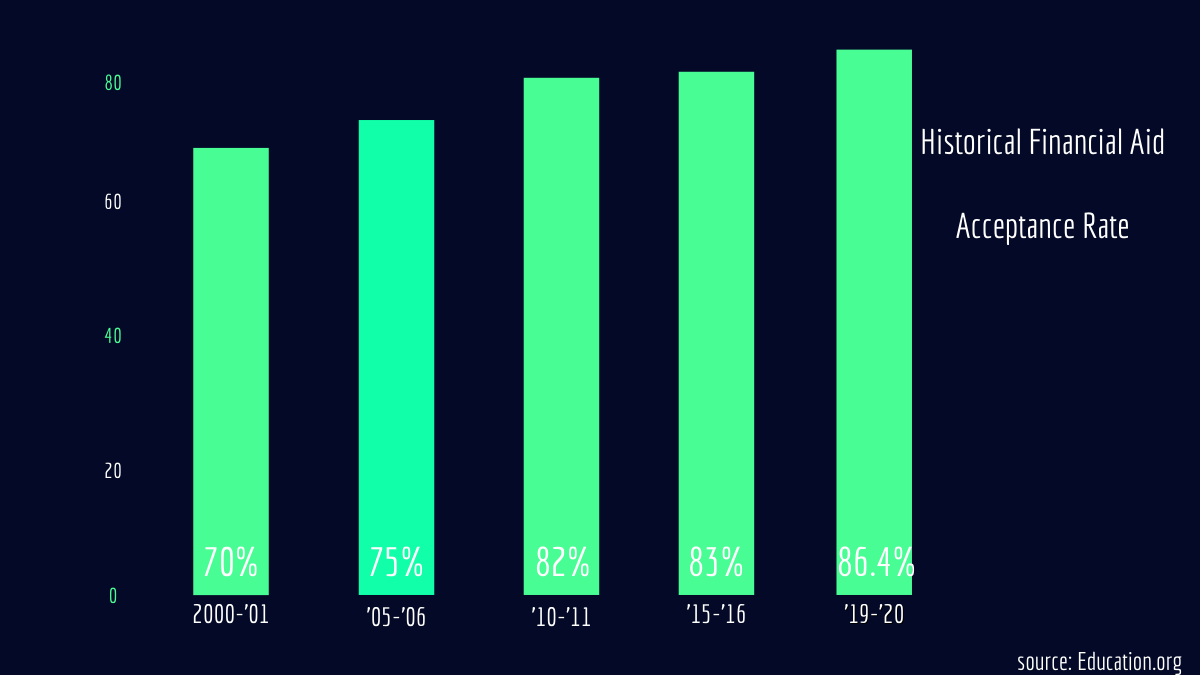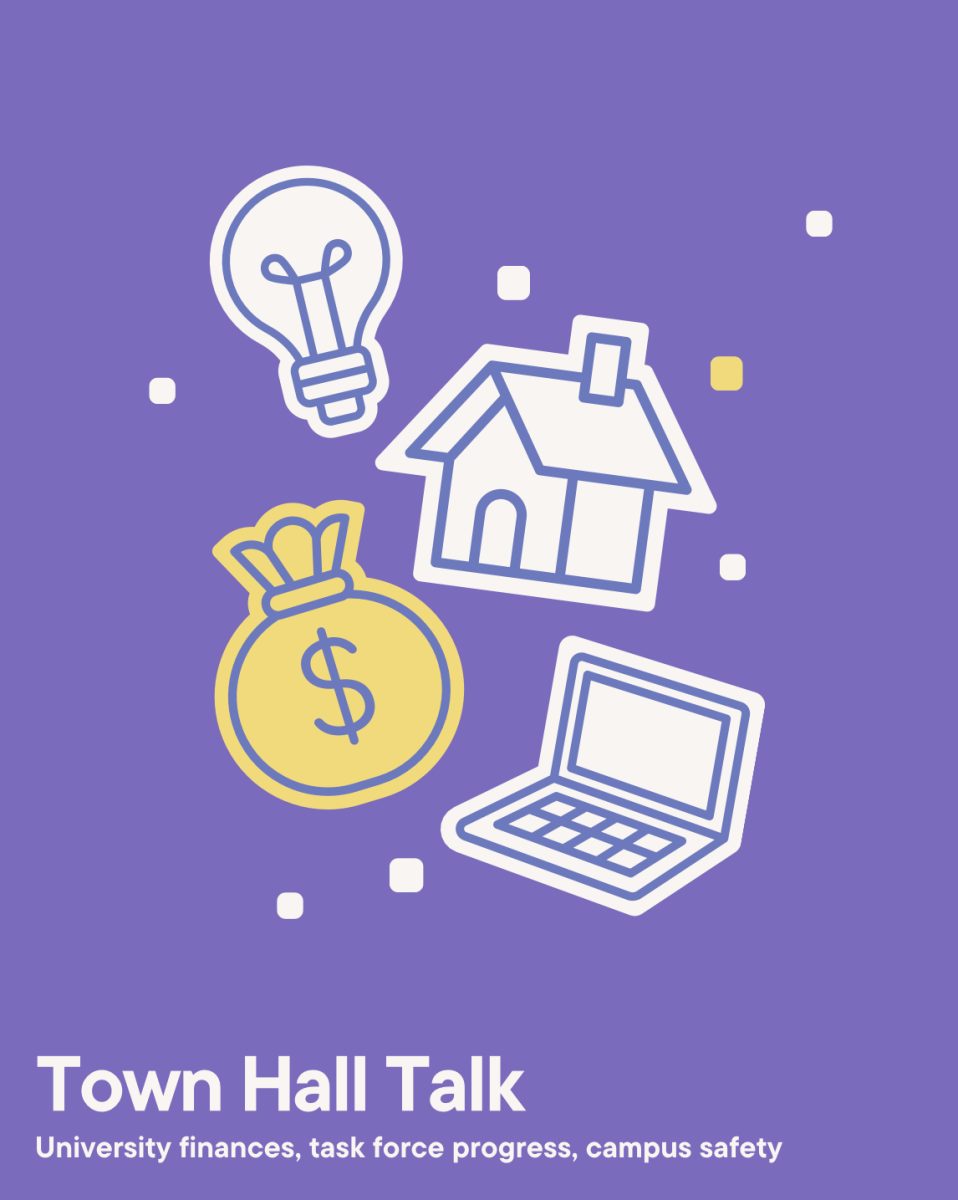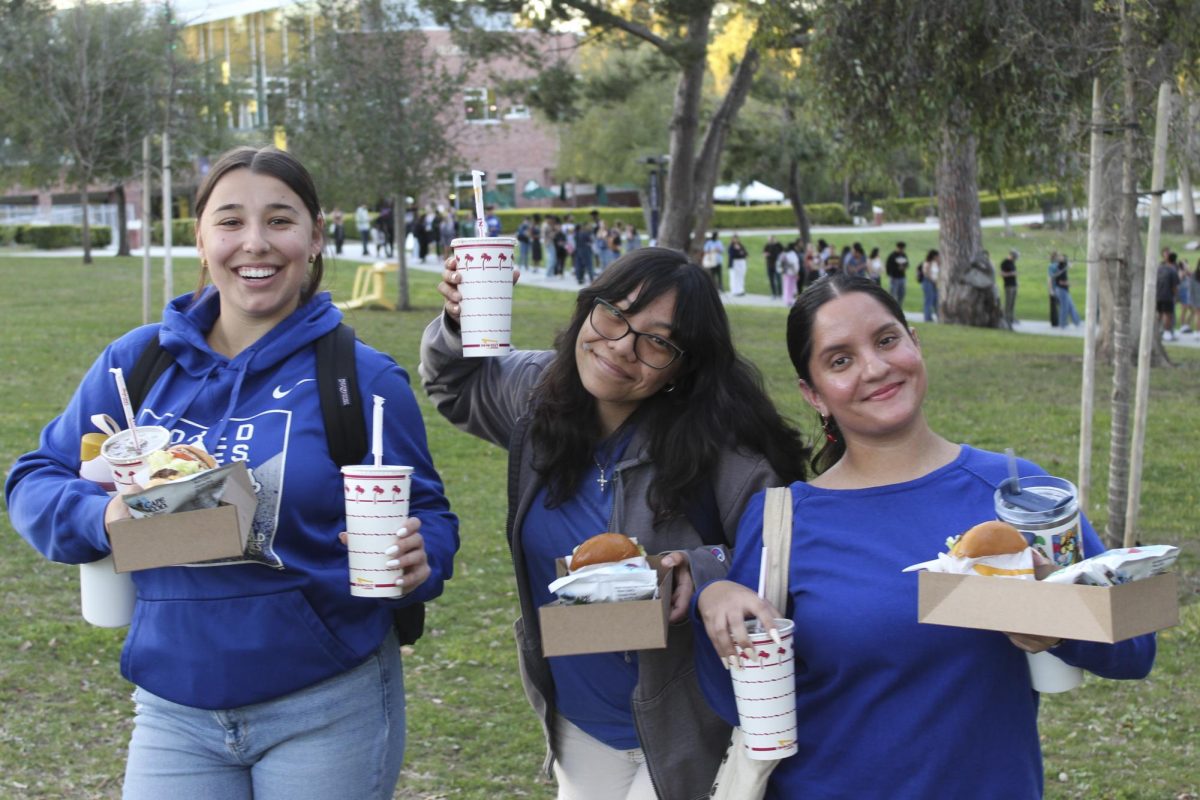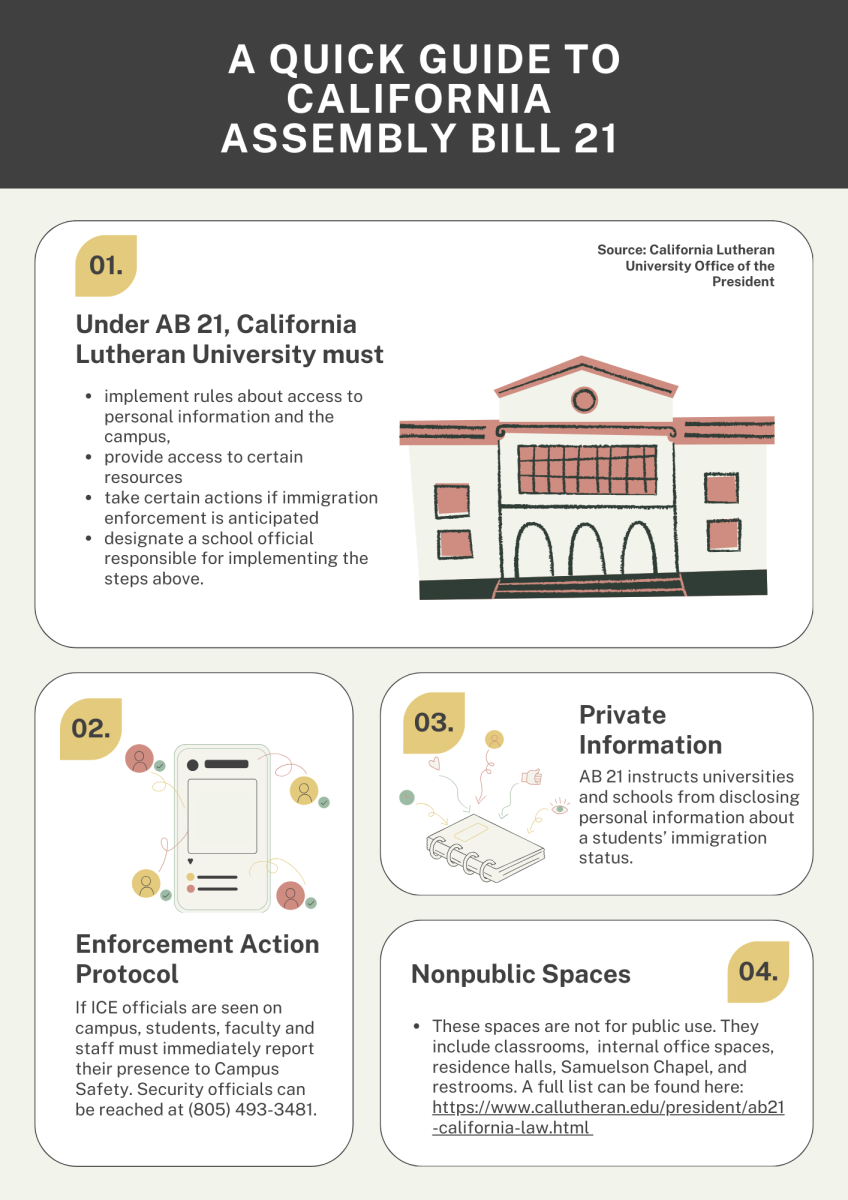The Free Application for Federal Student Aid 2024-2025 rollout began Dec. 2023 and has since seen technical glitches and issues throughout national educational institutions.
The Federal Student Aid’s official website stated the December launch was a “soft launch” for FAFSA applications and was also an attempt to monitor and address technical issues early on in the rollout.
However, the issues within the FAFSA have yet to cease.
The overhaul was made possible by the FAFSA Simplification Act that was enacted in 2021. The website states that changes included shifting how Pell Grant eligibility is determined as well as application process changes.
“From the beginning, the Department of Education has stated all along that with the new process, there were going to be challenges,” said Teresa Potts, director of Financial Aid at California Lutheran University. “We haven’t seen an overhaul like this in financial aid in over thirty years.”
Potts said Cal Lutheran’s Financial Aid Department became aware of the issues around last August and September, and were warned that access to FAFSA applications would be delayed until late Dec. 2023. She said one of the biggest challenges is waiting for the Department of Education to release financial aid data to the schools.
“The unfortunate part is that we can’t fix it. Schools aren’t expected to receive any information until March,” Financial Aid Counselor Leslie Madrigal said.
Potts said this proposes more concern for new admits and students trying to enroll, rather than continuing students.
“Knowing that the financial aid offer you’re looking at is accurate, is probably the biggest challenge, stressor, and anxiety for those new students,” Potts said.
Despite the technical issues of the rollout, Potts said some of the initial goals have been successful for those who applied.
“I have talked to families who have completed the FAFSA before, it took them 10 minutes this time, whereas normally it would take anywhere from 30 to 45 minutes,” Potts said. “I really do think that once we get past this rollout, looking at 2025 and 2026, and everybody worked out the kinks and knows what they’re doing, our systems are all set up to accommodate it. It’s going to be great for families and students.”
Financial aid acceptance was at a high in recent years before the COVID-19 pandemic, with EducationData.org releasing data covering financial aid trends from 2000 to 2020. In 2000, 70% of students were accepted for financial aid. By 2020, the number steadily increased to 86.4% of students being accepted for aid.
Madrigal encouraged students who are having trouble with the application to reach out to the Financial Aid office via email, [email protected], or phone, at (805) 493-3115. She also encouraged students to utilize resources available over social media accounts aimed at helping students, such as the California Student Aid Commission’s TikTok profile.
“They’ve been doing a lot of helpful videos that would be really helpful for students,” Madrigal said. “I know financial aid can be super confusing, and adding all these issues on top of it can make it even more confusing.”
Potts also encouraged students to utilize some new features of Cal Lutheran’s Financial Aid website.
These include a new recent announcements page, links to updated information regarding the FAFSA rollout, and an upcoming April 2, 2024 launch of endowed and restricted scholarship applications.
“Continuing students can go out and apply for additional aid through their Cal Lutheran endowed and restricted scholarship applications,” Potts said. “It’s another avenue for students to find more resources.”
Real-time updates regarding ongoing issues and resolutions of the FAFSA applications are available on The Federal Student Aid’s official website.







